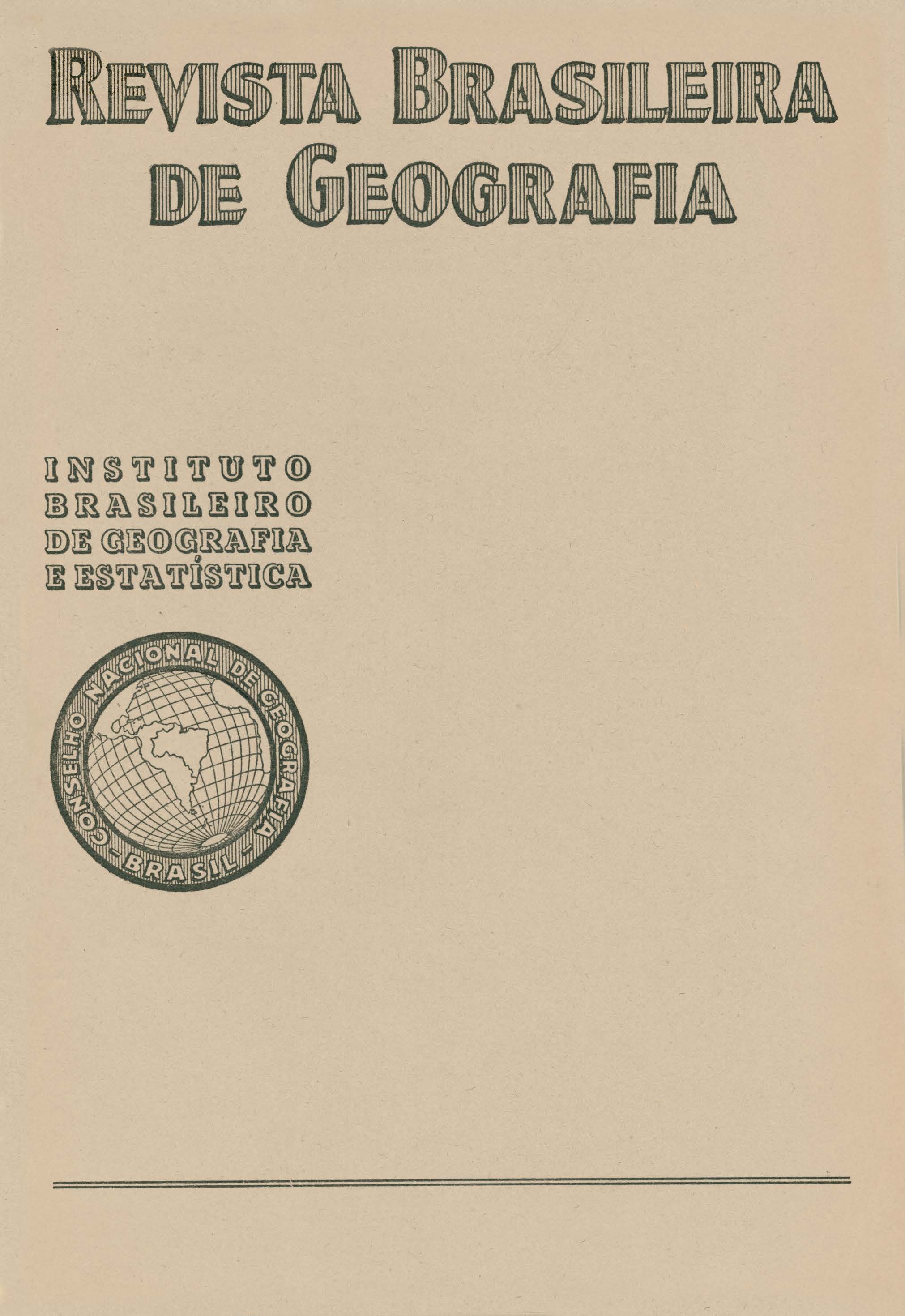Geografia das fronteiras no Brasil : alguns aspectos
Resumo
Some features of the geography of boundaries in Brazil are discussed in this article by engineer Moacyr Silva.
At the outset he says: "geographically, and even politically, the real notion of frontier is that of a boundary zone (or region} somewhat indetermined in the beginning to develop finally into an accurately defined frontier fringe. In Brazil all boundary disputes relating to territorial delimitatinons have been peacefully settled.
After some considerations about the meaning of frontier, the author comes right to the point of his article, viz., the study of the frontier fringe the imaginary line, paralleling the frontier at a distance of 150 km, set up the Government of Brazil on behalf of the legitimate interests of defense.
A distribution of the boundaries by States and bordering countries comes up to a total extent of 16281 km and 452 m. He tells of the frontier fringe, and gives its distribution by the areas of the neighboring· states. In approaching the municipalities he distinguishes them into two regions: those within the bordering fringe, contiguous to the frontier, that is, municipalities whick lean on the boundary line; and those inside the sub-frontier, namely, municipalities having; part of its territory within the frontier fringe, that is, traversed by the said' imaginary line of 150 km.
He presents a description of "cities on the frontier fringe", "other setlements along the frontier", "cities on the sub-frontier region", and reports· on the population density on the boundary fringe. This. he devides into: northern frontiers Pará-Amazonas-Acre; western frontier: Mato Grosso; southern frontier: Paraná- Santa Catarina-Rio Grande do Sul •. And he concludes by giving the· description of the neighboring municipalities with their area, population and' density classified in his division as: land without people (less than 1 inhabitant per Km"}; sparsely peopled,(1 to 5 inhabitants per Km2}; semi-peopled (5 to 10 inhabitants}; peopled (10 to 25 inhabitants); and densely peopled (25 to 100 inhabitants per square kilometre}.






